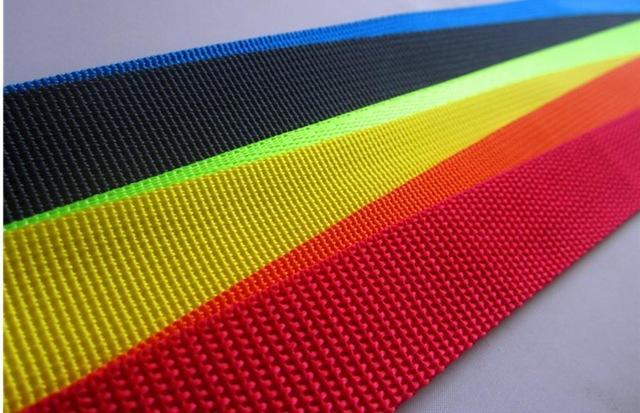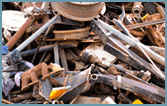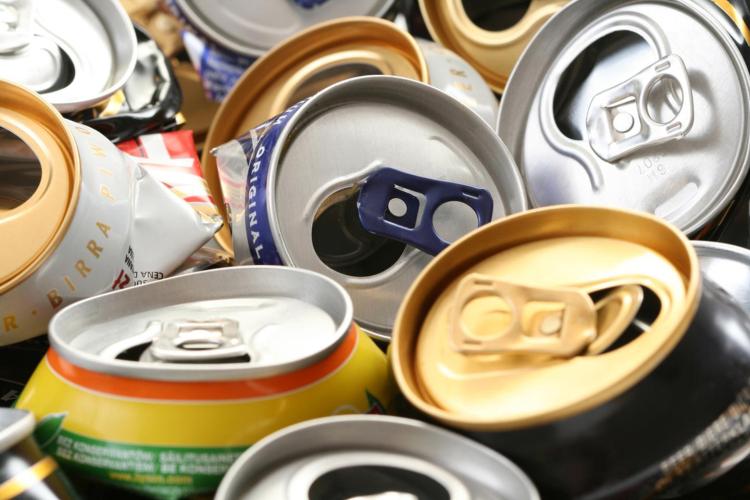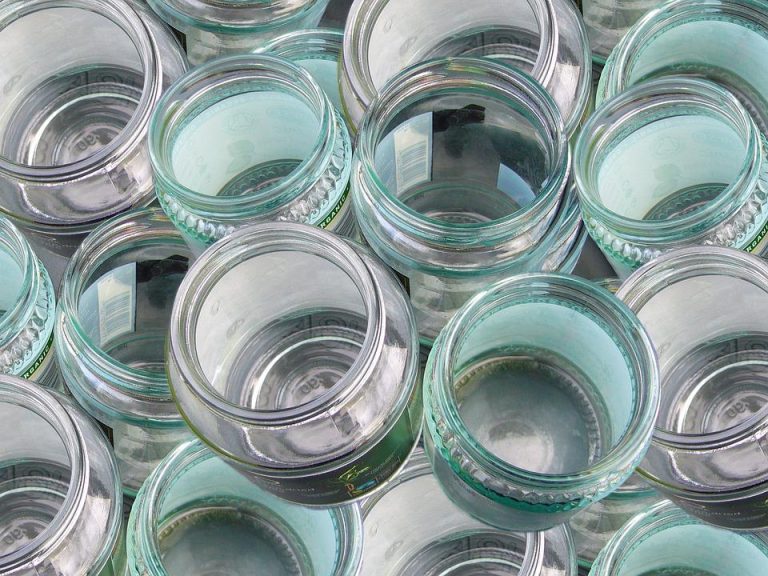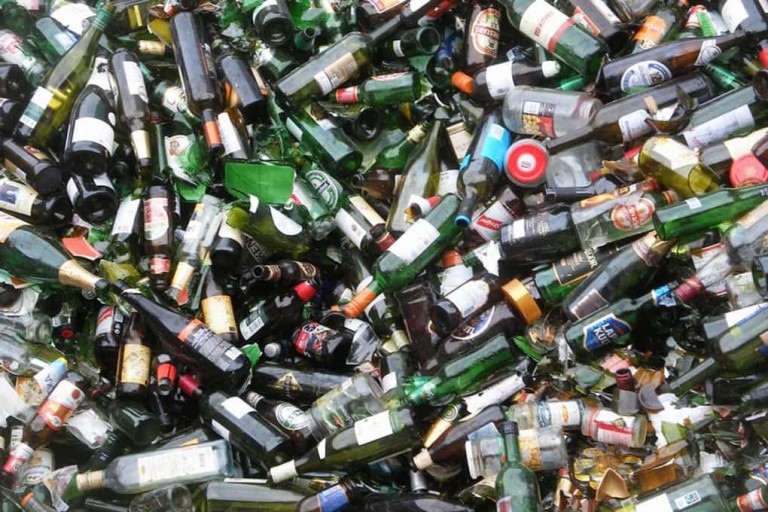RECYCLING OF NYLON
Nylon is the common name of a class of synthetic polymers, called polyamides. Essentially, nylon is a type of plastics – caprolactam, derived from crude oil. Caprolactam goes through a process of condensation polymerization and strong and elastic fiber is produced at the end of the technological process.
A brief history of nylon
Nylon is the first fiber developed entirely in a laboratory and its invention is the dawn of the era of synthesis. Originally it was introduced to the world by DuPont in the late 1930s of the last century, nylon entered into the textile market as an ideal material for ladies socks. It became widely available during World War II.
First, thanks to its strength and durability, nylon was widely used for military products, including for parachutes, tents, ropes and tyres. Secondly, nylon replaces everything that was once made of silk.
After the end of the war, millions of women have been waiting in line in the universal stores to buy socks, made of the “miraculous material”. Shortly thereafter, the market for synthetic fiber expanded also to the civilian products such as carpet production, home furnishing and car upholstery. Until the 1950s of the last century, nylon constituted over 20% of the fiber, produced by textile factories in the USA, which marks the beginning of a permanent affair with petrochemical textiles.
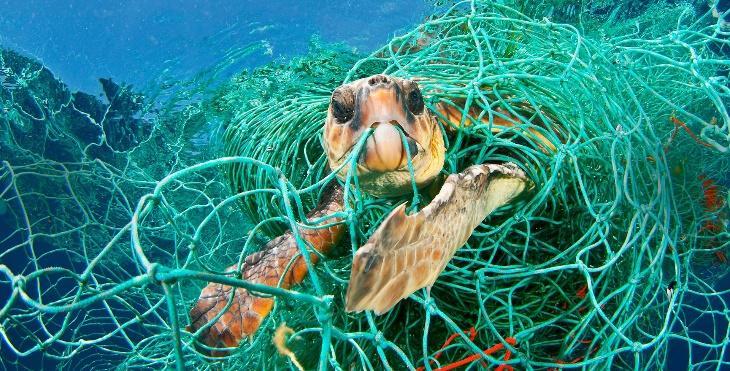
The impact of nylon on the planet
Different types of nylon have different properties but the common ones are the strength, endurance and the ability to mold. The negatives are that no type of nylon is biodegradable. It takes 30-40 years for the deposited waste to degrade. When incinerating in an incinerator, toxic fumes and ash form, usually containing hydrogen cyanide.
At present, the production of nylon constitutes approximately 12% of the market of synthetic fiber. Although it is a small percentage, given the dominance of synthetic fiber in the modern industry and the already produced quantities, which increase by 8 million pounds /about 3600 tons/ each year, we obtain an impressive amount. And what to do with it?
Nylon production has several other direct impacts on the environment:
- Greenhouse gases: Nitric oxide is released during the production of nylon, a greenhouse gas that is 300 times more powerful than carbon dioxide;
- Water: nylon production is a process, which is very water consuming; large amounts of water are used to cool the fiber, which can be a source of environmental pollution;
- Energy: the production of nylon is a process that is very energy consuming, as it contributes to the damage of the environment and global warming.
Is recycling necessary?
Nylon is a material used daily in our life – packages, clothes, carpets, toothbrushes. The material is also used for specific industrial purposes – in the automotive industry, powder coatings of metals, production of fishing-nets and other nets.
Synthetic fiber doesn’t easily degrade and constitutes about 10% of the waste in the ocean. According to the World society for protection of animals, each year more than 600 000 tons of fishing equipment is discharged into the sea, as this quantity includes also the fishing-nets.
The best thing that can be done with the created toxic waste is recycling. Hyosung, a Korean company, has developed a recycling method through which waste nylon produts are turning into textile fiber, called Regen, as the quality of the recycled material is similar to the original one, and it can be used for a number of applications.
Although the processing method is not entirely environmentally friendly or sustainable, nylon recycling prevents the petrochemical waste from landfilling or incineration in incinerators that can release toxic emissions into the atmosphere. It also reduces by 27% the consumption of natural resources, decreases the greenhouse gases emissions by 28% and it can be processed again and again.
Recycling methods and technological processes
The methods for processing of polyamide waste can be referred to two main groups: mechanical, not related to chemical transformation and physic-chemical. The mechanical methods include grinding and various techniques and methods used in the textile industry for the production of fibrous structure products.
The technological waste can undergo mechanical processing – debris, castings, non-standard products, partially drawn and non-drawn fiber.
Shredding is not only an operation that accompanies most of the technological processes, but also an independent recycling method. Characteristic is that during grinding the physicochemical properties of the feedstock remain almost unchanged. Cryogenic grinding processes are used to obtain powdered products.
The most popular and widespread mechanical recycling methods are the production of non-woven materials, floor coverings and staple fabrics.
The physicochemical methods for processing of polyamide waste can be classified as follows:
- depolymerization of waste to obtain monomers suitable for the production of fibers and oligomers and their subsequent use in the production of glues, varnishes and other. Depolymerization is widely used in the industry to produce high-quality monomers of unpolluted technological waste. Depolymerization is carried out in the presence of catalysts, basic or acidic compounds.
- re-melting waste to produce granulate, agglomerate and products by extrusion and injection molding. The method of re-melting is carried out mainly in vertical apparatus with duration of 2-3 hours and in extrusion installations. Upon longer exposure to heat, the specific viscosity of the polyamide solution in sulfuric acid decreases by 0,4 ÷ 0,7%, and the the content of low molecular compounds increases from 1,5 to 5-6%. Melting in an environment of superheated steam, humidifying and melting in a vacuum improves the properties of the regenerated polymer but does not solve the problem of producing high molecular products. In the extrusion process, the polyamide is oxidized significantly less than with continuous melting, which contributes to maintaining high physical and mechanical properties of the material. Increasing the moisture content of the feedstock (in order to reduce the degree of oxidation) leads to some destruction of the polyamide.
- re-precipitation of solutions to obtain coating powders. The production of powders of polyamide waste through re-precipitation of solutions is a method of purification of polymers and making them in a form suitable for further processing. Powders are used as a component in household cleaners, cosmetics and so on.
- obtaining composite materials. A widespread method of adjusting the mechanical properties of polyamide is the use of fiber fillers (fiberglass, asbestos fibers, etc.).
- chemical modification to produce materials with new properties. A prospective direction for improving the physic-mechanical and operational properties of secondary polyamide products is physical modification by volume-surface treatment. Volume and surface treatment with kaolin filler and powder coating with softeners, leads to an increase in impact toughness by 8 % and in the tensile strength in bending by 42,5%, which can be explained by the formation of a more perfect structure of the material and removal of residual stress.
The technological processes in the processing of waste products differ from the processing of technological waste with the presence of preliminary preparation stage – raw material grinding, washing, jigging, extraction and drying. This is followed by grinding and feeding to the granular extruder.
Polyamide raw materials containing non-polyamide materials are treated in a reactor at room temperature with aqueous solution of hydrochloric acid, then they are filtered in order the non-polyamide inclusions to be removed. The powdered polyamide is precipitated with water solution of methanol. The precipitated product is grinded and the obtained powder is dispersed.
The problem of recycling nylon
Above all, recycling of nylon is often a complex and expensive process. Unlike other recyclable materials such as glass and metal, the nylon doesn’t melt at high temperatures (Mmelting 190–350 °C). Lower melting temperatures means that some microbes or bacteria and other pollutants can remain in the substance after melting. That’s why, the complete cleaning of the material before its melting is very important regardless of the fact that this makes the process longer, as well as less attractive and expensive.
At the same time, the production of new plastics and polymers is relatively cheap, which means that it is often financially more attractive for the companies to simply dispose of old waste and to buy new materials, instead of recycling them.
For these reasons, recycling of nylon is not a common practice, as the recycling of some other waste materials such as metals, plastics and glass.
What must be done
Despite of its unattractive nature, recycling should become a norm and not an exception if we want to maximize the resources of our planet and minimize our carbon footprint. The business model of each company should be – reuse of the materials as much as possible; getting the most of each product before recycling.
Guiding lights in the nylon industry
While recycling as a standard is still at an early stage, several companies with advanced thinking are already working environmentally friendly. Some of the most eco-friendly companies in terms of nylon are:
- Bureo, based in California – produces skateboards and sunglasses from recycled fishing nets;
- Aquafil, an Italian carpet producer that recycles nylons used in their carpets in order to create a new material called Econyl;
- Speedo that use Econyl in more than 50 products;
- Outerknown, a company producing jackets, sweatshirts and so on, based in Los Angeles uses Econyl in its production;
- Patagonia, another company that produces jackets, sweatshirts and so on that uses recycled nylon in more than 50 products, including 100% chemically recycled nylon in their jackets Torrentshell.
Of course, nylon is only a substance and only one aspect of a huge industry. But if we all adopt an approach similar to those of the abovementioned companies, the waste products can be reduced drastically. This is the future of production.
We must begin to reassess waste as valuable raw material. Nylon is only one material in our life. But imagine if we apply it with all materials that we use.
But there are some good news
Let’s not forget that nylon is plastic! Well, plastic can be recycled, right? There are several fabric brands and accreditations that can help consumers find more durable nylon products. After all, just because we want to save the planet this doesn’t mean that we want our socks to be shapeless!
Econyl has developed ecological nylon made of recycled plastic in a closed system that drastically reduces waste and emissions. It has been adopted by brands such as Stella McCartney, Finisterre, Outerknown and allSisters. Nylon is certainly not great for the environment, but there are many brands that work hard to make things better for the planet!
